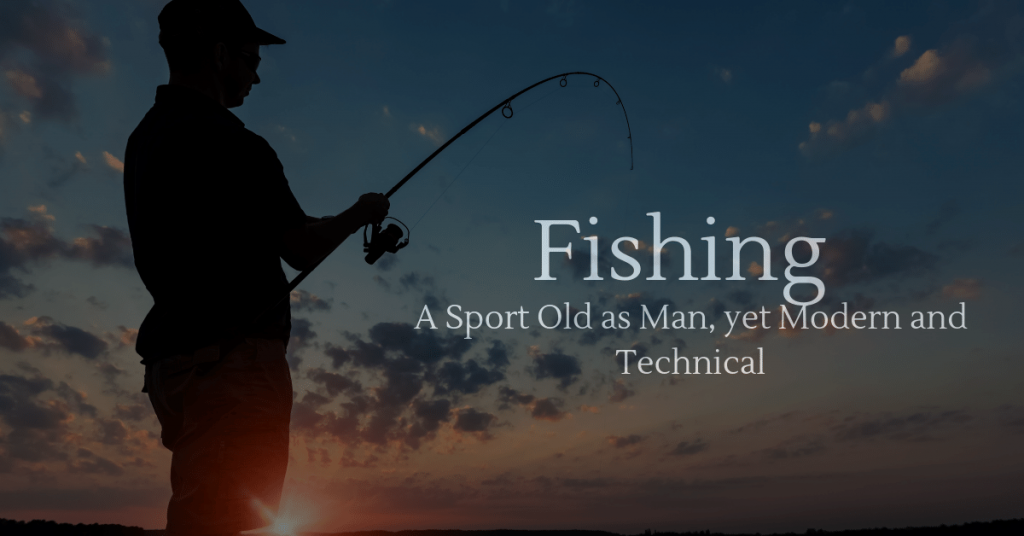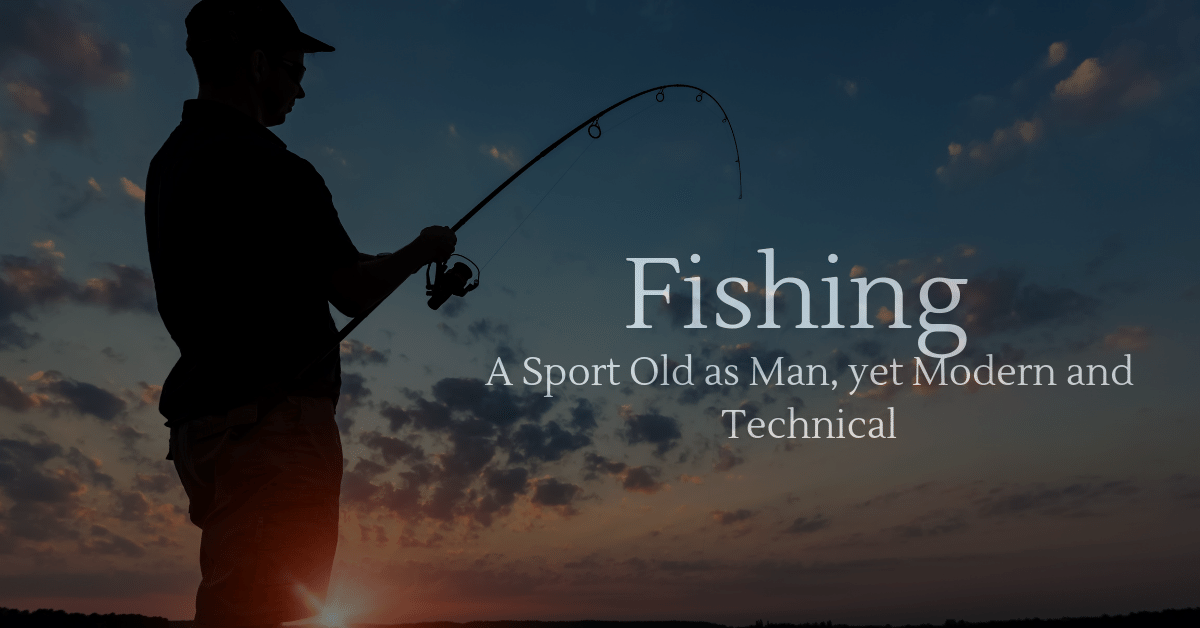
Sport fishing has developed its own equipment due to the ways fishermen (and women) get results they seek. Projecting bait, crafting flies, inventing hooks, gauging spears, or diving deep to find the type of fish being requested is based on taste. Gray Snapper, Red Snapper, Groupers, Jacks, Dolphins, Cobia, Mackerels, Tunas, Atlantic Bonito, Yellowfin Tuna, Wahoo, Seatrout, Drums, Atlantic Croaker, Gaff Topsail, Catfish, Sea Catfish, Sheepshead, Southern Flounder, and Striped Mullet Gray are savory favorite unforgettable fish found in the Gulf of Mexico.
An Always Evolving Sport
Consumers have been given responsibility to keep up with an ever-changing list of the last creatures we may ever see on earth and in earth’s waters. Improve an endangered fish species condition by broadening tastes from flaky white filets associated with cod and haddock to real-fish-on-the-menu that might not be familiar but will become popular if we let restaurant chefs teach us. The New England Fishermen call this concept the catch of the day because some fish are seasonal and you can’t always find what you are looking for, but are fortunate to catch plenty of other kinds.
Fish Population Monitoring
Marine biologists use data to estimate growth and death rates and population size. They have found that younger fish grow longer-rapidly and the older fish spawn more rapidly. For that reason, keeping older fish alive longer is the strategy to replenish the fish population and keep it healthy. Fishery managers see the value of this information to set regulations. Laws are insisting that the fish won’t be hauled out of the water so fast that the species won’t be able to reproduce and that fishes aren’t caught so small that they will never get a chance to grow to the size you should catch them at. The National Oceanic and Atmospheric Administration (NOAA) are not perplexed by marine life in distress, they study the data to bring it back. Marine life takes care of our wildlife, environment, and people. Everyone is happy when people are fishing.
Gulf of Mexico Fishing
Fishing in the Gulf of Mexico in the United States means you are off the coast of either Venice, LA; Corpus Christi, TX; Biloxi, MS; Gulf Shores, AL or Cedar Key, FL. Federal agents and the U.S. Coast Guard enforce federal laws when boats are further away from the shorelines of each state’s jurisdiction. State agencies like the Louisiana Department of Wildlife and Fisheries have their own LDWF Agents to protect and manage their congressionally extended 10.357 miles off-shore. However, each Gulf state can be contacted individually about fishery inquiries.
Gulf of Mexico Fishery provides regional information at http://gulfcouncil.org/.
Fishing is Fun
Learning about fish can be fun too. Ichthyology is zoology concentrating on studying fish. From the primary school age, all the way up to the state university departments that publish Ph.D.’s, people in Gulf states appreciate the fish environment. Southern marine states teach Ichthyology at all levels to strengthen student social studies, physical science, and for communities to realize their potential involves lifestyle connections to this biological resource as the basis of their economy.
Why fish? To get closer to nature, for sustenance, for commercial endeavors, for recreation and confidence, and for Red Snapper. For more information about catching fish, a good place to start is with a recreational sportfishing offshore fishing charters.
